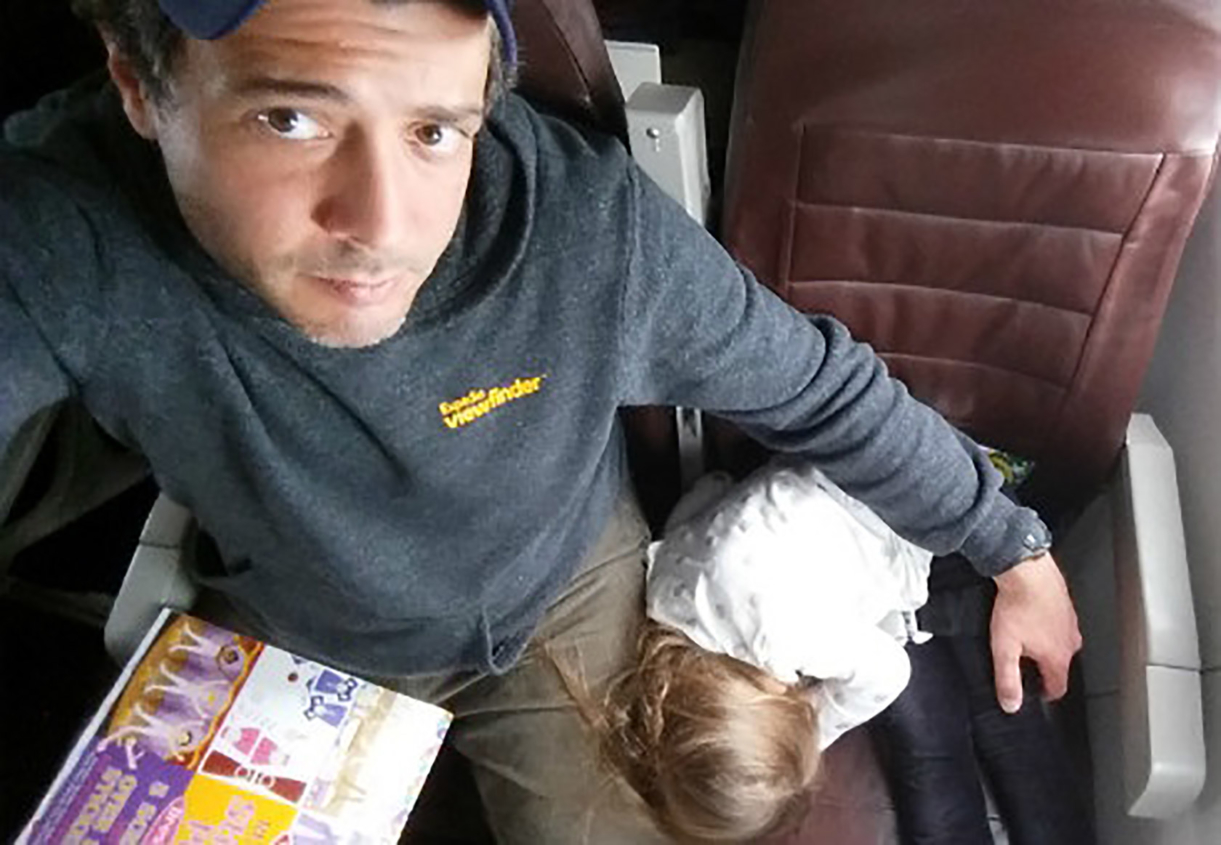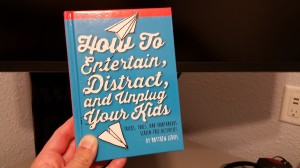A letter to our daughter
Dear Baby G:
You’re here! Welcome to the world and, more important, to the all-girl band that is our family, or pod.
Your mother and sisters and I are so delighted you’ve arrived. Technically, Mom and I waited nine months for you. But really, we’ve been anticipating your arrival for almost as long as we’ve been married. Your mom is the youngest of three sisters. It’s a distinction she now shares with you.
People often say they “have no words” at momentous times like this. I’m a writer, so that’s never really the case with me. In the immediate future, I’m overjoyed to get to introduce another little human to this thing called life, to watch you marvel at the murmurations of starlings and pucker with disgust when you try pureed parsnip for the first time. I can’t wait for you to get to know your sisters—those crazy kids who keep poking and prodding at your cheeks and chin. I’m stoked to read to you and inspire in you a love of language and listening and cadence and literacy. Down the road, and really more than anything, Baby G, I’m overjoyed at the thought of showing you all of the varied places and people that live on our planet.
In our family, you see, travel is a way of being. Sure, we have a house and bedrooms and regular routines, but we also make sure that, as a family, we regularly experience life beyond the stuff we know best. Foreign places. Unfamiliar people. Unusual cultures. We’re open to it all. Your mom and I believe the mere act of exploring and learning about things that are different from what we know and love helps broaden our minds, widen our perspectives, and temper our judgment.
With this in mind, we always will strive to teach you girls to consider the larger world around us and lean on lessons from that world to make a difference closer to home.
You’ll hear people sum up this philosophy as, “Think globally; Act locally.” To some degree, that catchphrase is apt. Unfortunately, though, in today’s world, many people have become so obsessed with the big picture that they fail to see the changes they can make on a smaller scale. Just this week, another new dad, Mark Zuckerberg, penned a letter to his new daughter, and the note read more like a treatise on global change. I don’t fault this other dad for the sentiment behind his note—broad-sweeping issues such as advancing human potential and promoting equality are important, this dad has a ton of money, and he’s willing to give a lot of his money to make the world a better place. I just believe the secret to real change is focusing on the simpler stuff first.
And so, G, on the first day of your second week of life, I make of you five requests:
- Be present. Physically, mentally, AND emotionally, be in the moment, always. When friends and family need you, be there for them, both with listening ears and warm hugs. As you inevitably incorporate technology into your life, do not allow your Smartphone screen (or any other device, for that matter) come between you and the ones you love. Even if you’re upset or angry about something, never let those feelings prevent you from giving others what they need when they need it most.
- Be patient. Not everything in life goes the way you want it to go. In these moments of frustration and disillusionment, instead of losing your temper, instead of raising your voice, breathe deeply, “cool your heat” (as the therapists like to say), and give others another chance. If a friend of family member really screws up, forgive them, again and again and again. Always take the time to try and help others learn from their mistakes.
- Be kind. The way we treat others says a lot about how we love ourselves. With this in mind, I ask you to approach all interpersonal interactions with thoughtfulness and respect. When you don’t understand another person’s point of view, seek to discuss it with an open mind. When you meet someone different, do not judge that person on those differences, but instead on how he or she treats you and others. Even in the face of evil, remember that all humans deserve dignity.
- Be humble. Your mom and I will tell you a billion times how great we think you are. Don’t let it go to your head. Just because we think you’re amazing doesn’t mean others will feel the same way. Just because we’ll work to give you every opportunity under the sun doesn’t mean you’re entitled to the opportunities you receive. Constantly strive to be a better person. Work hard for everything you want. Take nothing for granted. Appreciate every chance to grow.
- Be curious. The world is a wonderfully eclectic place, and the only way you’re going to experience that diversity is if you seek it out. When you meet new people, ask questions. When you see new places, explore. When you have the opportunity dig deeper and learn more information about something—anything, really—read, then read, and read some more. Knowledge is the most precious gift in this life. You can never have too much.
Yes, Sweet Baby, in comparison to those macro issues such as advancing human potential and promoting equality, the concepts of being present, patient, kind, humble, and curious are small potatoes. But IMHO, in today’s world, the micro issues are even MORE important. Do them right and you’ll transform your world by the way you interact with others every day. Do them wrong and you’ll contribute negatively to some of the problems we’ve already got.
Someday, maybe you’ll have the financial resources and individual fortitude to take on some of the global issues like the ones that other dad mentioned in the note to his baby. Until then, this dad encourages you to love, give, tolerate, support, teach, help, nurture, and understand. These are my hopes for you and your generation, Baby G. In an era when parts of our world are brimming with hate, violence, and intolerance, we must start small and go from there. Your mom and I are excited to watch you on this journey, and will support you every step of the way.
Love,
Dad













